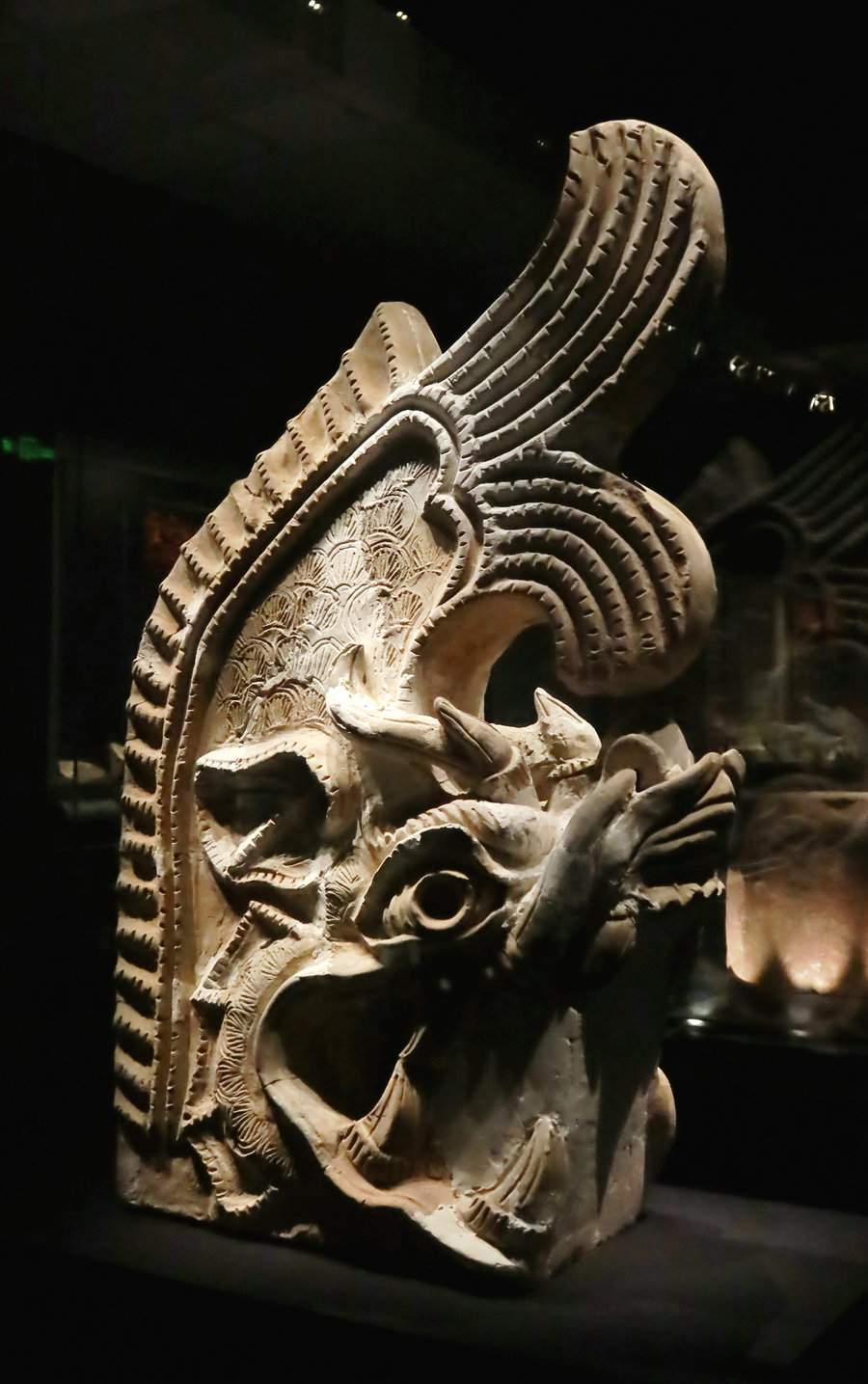Mounds claim their rightful place in history
Researchers piece together a fascinating tale to shed light on an exceptional saga, Wang Kaihao and Wang Ru report in Yinchuan.


From Heishuicheng, people found Pearl in the Palm, a 12th-century bilingual glossary of the Chinese and Tangut languages, which has become the key for modern researchers decoding the writing system of Xixia. Scholars have recognized nearly 6,000 characters in Tangut scripts.
In its preface, Xixia scholar Gule Maocai particularly highlighted the importance of learning each other's languages for effective communication between Han people and other ethnic groups.
"The book serves as a good testimony to the frequent exchange and integration, which laid a foundation for Xixia's prosperity," Shi says. "Developing through mutual learning and communication, that is a good inspiration Xixia has left to us."
Among the Heishuicheng literature, researchers also discovered Tiansheng Gaijiu Xinding Lyuling, or "The new laws in the years of Tiansheng (1149-1169) modified from the old one".
It is the longest, most detailed and best preserved code of laws, that is known of Xixia. It includes nearly 200,000 Tangut scripts.
"This is the oldest surviving comprehensive legal code left by a non-Han ethnic group in Chinese history," Shi says.
He says the code was compiled on the basis of laws of Tang and Song dynasties, and similar physical evidences of legal codes from other Chinese dynasties of its time were rare.
























